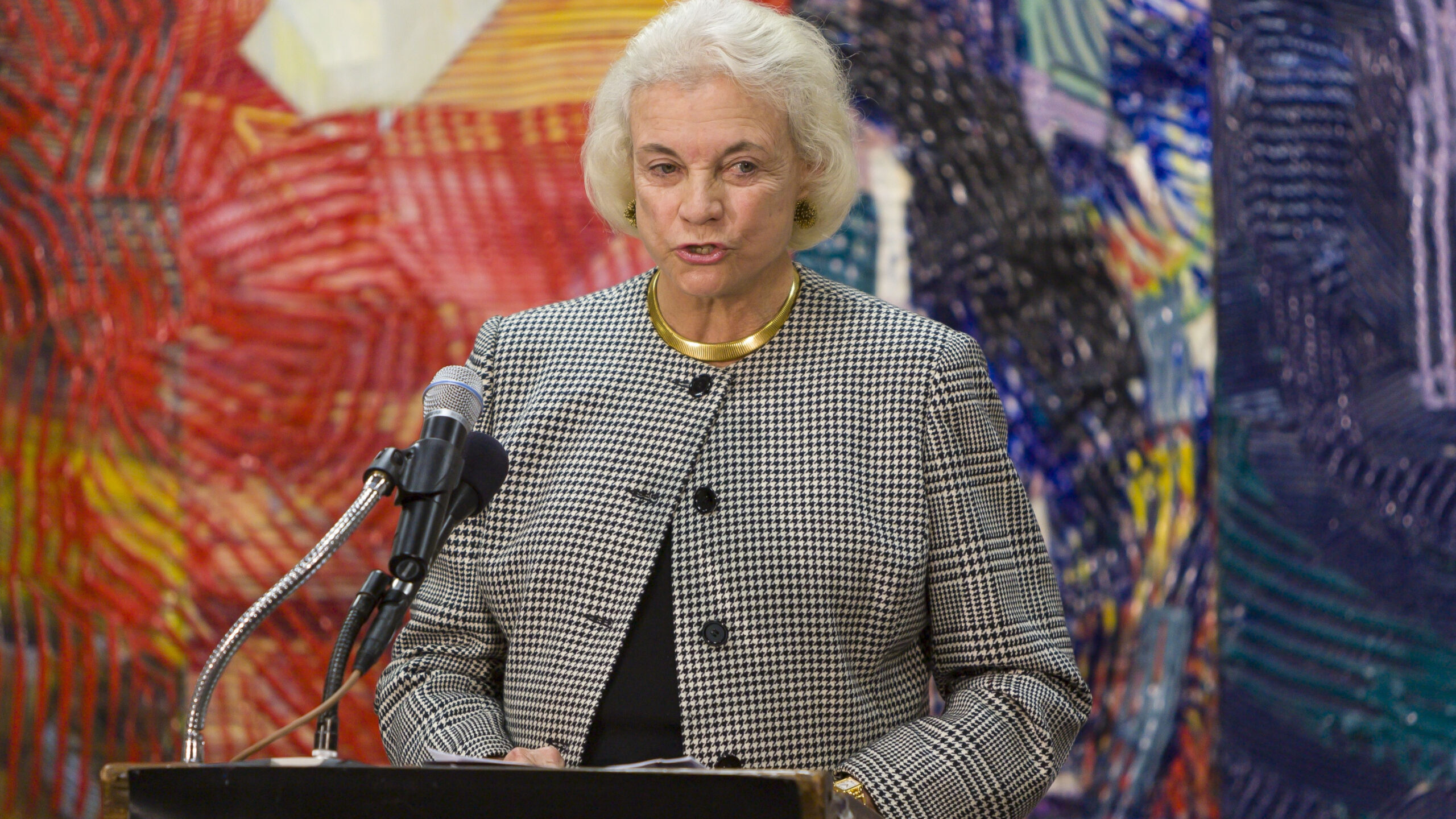Software Interoperability: Harmonizing Copyright and Antitrust
With the recent Oracle v. Google API case, the intersection of software copyright and competition is once again in the IP policy spotlight. As I’ve written over the years (including in my books Interfaces on Trial and Interfaces on Trial 2.0), courts have wrestled with this issue in interoperability cases for decades. Interestingly, it was another Federal Circuit decision 10 years ago, Chamberlain v. Skylink, that demonstrated great sensitivity to the possible anticompetitive effects of the interpretation of the Digital Millennium Copyright Act (DMCA) urged by Chamberlain, the plaintiff-appellant. In rejecting Chamberlain’s position, the Federal Circuit sought to harmonize antitrust law with Title 17. Unfortunately, in last week’s Oracle v. Google decision, a different panel of the Federal Circuit completely ignored the potential impact of its decision on competition, thus ignoring its own precedent and the history of the computer industry.
Chamberlain v. Skylink
Chamberlain claimed that Skylink violated the DMCA’s prohibition on the circumvention of access controls when Skylink developed a universal remote control that could operate Chamberlain’s garage door openers. Skylink’s remote control bypassed a lockout code in a piece of software embedded in the motor of the Chamberlain garage door opener. Chamberlain argued that this circumvention triggered DMCA liability, even though no infringement occurred.
The Federal Circuit rejected Chamberlain’s DMCA claim, finding that a circumvention device violates 17 U.S.C. 1201 only if the circumvention enabled access that infringes or facilitates infringement of copyright. Because accessing the software in the garage door opener did not enable infringement of the software, Skylink did not violate the DMCA.
In interpreting the DMCA as requiring a nexus between access and infringement for liability to attach, the Federal Circuit considered the implications of a contrary rule.
Chamberlain’s proposed construction would allow any manufacturer of any product to add a single copyrighted sentence or software fragment to its product, wrap the copyrighted material in a trivial ‘encryption’ scheme, and thereby gain the right to restrict consumers’ rights to use its products in conjunction with competing products. In other words, Chamberlain’s construction of the DMCA would allow virtually any company to attempt to leverage it sales into aftermarket monopolies — a practice that both the antitrust laws and the doctrine of misuse normally prohibit.
The Federal Circuit noted that while the antitrust laws do not negate an IP owner’s right to exclude others, neither do IP rights confer a privilege to violate the antitrust laws. “We must harmonize” the IP laws and the antitrust law “as best we can.” Because Chamberlain’s proposed interpretation of the DMCA would create a “plain repugnancy” with the antitrust laws, the Federal Circuit refused to accept it.
In contrast, when applying Section 102(b) of the Copyright Act to elements of the Java APIs, the Federal Circuit displayed no interest in the impact of its decision on the competition enabled by interoperability. It relegated interoperability to the fair use calculus, rather than recognizing that the fact that program elements can function as rules of interconnection or short cuts in the creation of new programs suggests that those elements are on the idea (or unprotected) side of the idea/expression dichotomy.
Lotus v. Borland
The Federal Circuit’s refusal to consider competitive effects in Oracle also contrasts sharply with the First Circuit’s decision in Lotus v. Borland. Lotus 1-2-3 was the dominant spreadsheet program. It had a menu tree structure with over 400 commands that users could employ when working with the program. Additionally, a user could employ the commands to write a “macro” – a program that used a sequence of menu commands to perform a series of spreadsheet operations in a particular order. These macros could be quite complex, including thousands of individual commands.
Borland developed a competing spreadsheet program with its own code and command structure. However, Borland wrote the program so that it also could operate in a Lotus 1-2-3 mode. In this mode, the user could employ the Lotus commands as well as the macros he had written with the Lotus commands.
The First Circuit found that the Lotus 1-2-3 command structure was an unprotectable method of operation. The court recognized that “Borland included the Lotus command hierarchy in its programs to make them compatible with Lotus 1-2-3 so that spreadsheet users who were clearly familiar with Lotus 1-2-3 would be able to switch to the Borland programs without having to learn new commands or rewrite their Lotus macros.” The court’s concern about preserving the user’s ability to switch products underlay its conclusion that the command structure was an unprotected method of operation. The court viewed as “absurd” Lotus’s theory that “if a user uses several different programs, he or she must learn how to perform the same operations in a different way for each program used.” Likewise, the court rejected Lotus’s view that a user should be unable to employ a macro he wrote with the Lotus commands on a competing program, but instead should “have to rewrite his or her macros using that other program’s menu command hierarchy.”
Judge Boudin wrote a concurring opinion that delved even deeper into the economic and policy ramifications arising from the interoperability dimension of the case. Judge Boudin observed that, because of the utilitarian and functional nature of a computer, the danger of over-protection is greater than in the case of traditional literary works: “[A] ‘mistake’ in providing too much protection [for traditional works] involves a small cost: subsequent authors treating the same themes must take a few more steps away from the original expression.” But in the case of computer programs, the improper grant of copyright protection “can have some of the consequences of patent protection in limiting other people’s ability to perform a task in the most efficient manner.”
Judge Boudin noted that if Lotus could receive a copyright in its command structure, users who invested in learning Lotus 1-2-3 and writing macros compatible with it would be “locked” into Lotus, and the copyright would preclude competitors from developing products capable of interoperating with the installed base. Judge Boudin wrote:
if a better spreadsheet comes along, it is hard to see why customers who have learned the Lotus menu and devised macros for it should remain captives of Lotus because of an investment in learning made by the users and not by Lotus. Lotus has already reaped a substantial reward for being first; assuming that the Borland program is now better, good reasons exist for freeing it to attract old Lotus customers: to enable the old customers to take advantage of a new advance. . . .
Judge Boudin identified fair use as an alternative basis for Borland to prevail, but he observed that the widespread application of the fair-use doctrine for purposes of achieving interoperability “would entail a host of administrative problems that would cause cost and delay, and would also reduce the ability of the industry to predict outcomes.”
Copyright and the Computer Industry
The history of the computer industry is replete with similar examples of an established vendor using copyright law to lock-in customers by preventing the development of innovative interoperable products. These products might be new applications that could run on the dominant vendor’s platform; competing platforms that would be compatible with applications written by users or the dominant vendor; or other products that tapped into an existing community of users and programmers. Well-known companies such as IBM, Apple, Sega, Nintendo, Sony, and Computer Associates, as well as a host of niche players, have tried to use copyright to preserve a monopoly position. Through the late ‘80s, this strategy largely succeeded, resulting in a balkanized industry and captive consumers.
But starting in the ‘90s, decisions such as Atari v. Nintendo in the Federal Circuit, Lotus v. Borland in the First Circuit, Computer Associatesv. Altai in the Second Circuit, Sega v. Accolade in the Ninth Circuit, and Mitel v. Iqtel in the Tenth Circuit reflected a more sophisticated understanding of the nature of computer programs and how overly-broad copyright protection could harm legitimate competition by granting de facto patent protection over processes and methods without meeting the nonobviousness standard. These decisions did not occur in a vacuum. Industry groups such as CCIA and the American Committee for Interoperable Systems (ACIS) filed amicus briefs in these cases urging a pro-competitive position. Ironically, the initial meeting of ACIS occurred at the corporate headquarters of Sun Microsystems, the company that created the Java APIs at issue in the Oracle litigation. Chaired by Sun’s Deputy General Counsel Peter Choy, ACIS agreed upon a Statement of Principles that stated that “the rules or specifications according to which data must be organized in order to communicate with another program or computer, i.e., interfaces and access protocols, are not protectable expression under copyright law.”
This wave of decisions sensitive to competitive effects helped pave the way to the vibrant, innovative, interoperable world in which we live. The Federal Circuit’s Oracle decision, unlike the First Circuit in Borland or the Federal Circuit itself in Skylink, makes no attempt to harmonize IP with antitrust.
Jonathan Band is a DC-based attorney whose clients include Internet companies, providers of information technology, universities, library associations, and CCIA. He previously guest-posted on DisCo about his further thoughts about the Oracle v. Google opinion.








